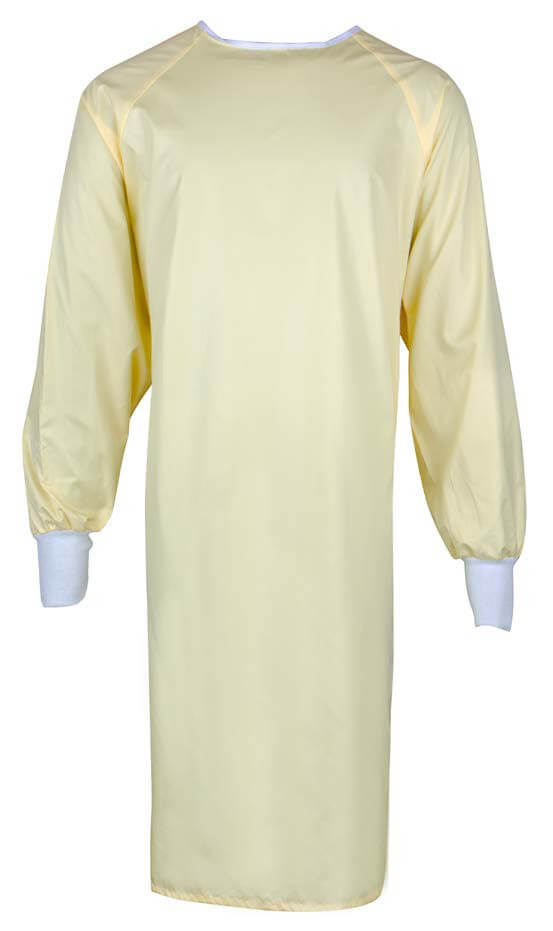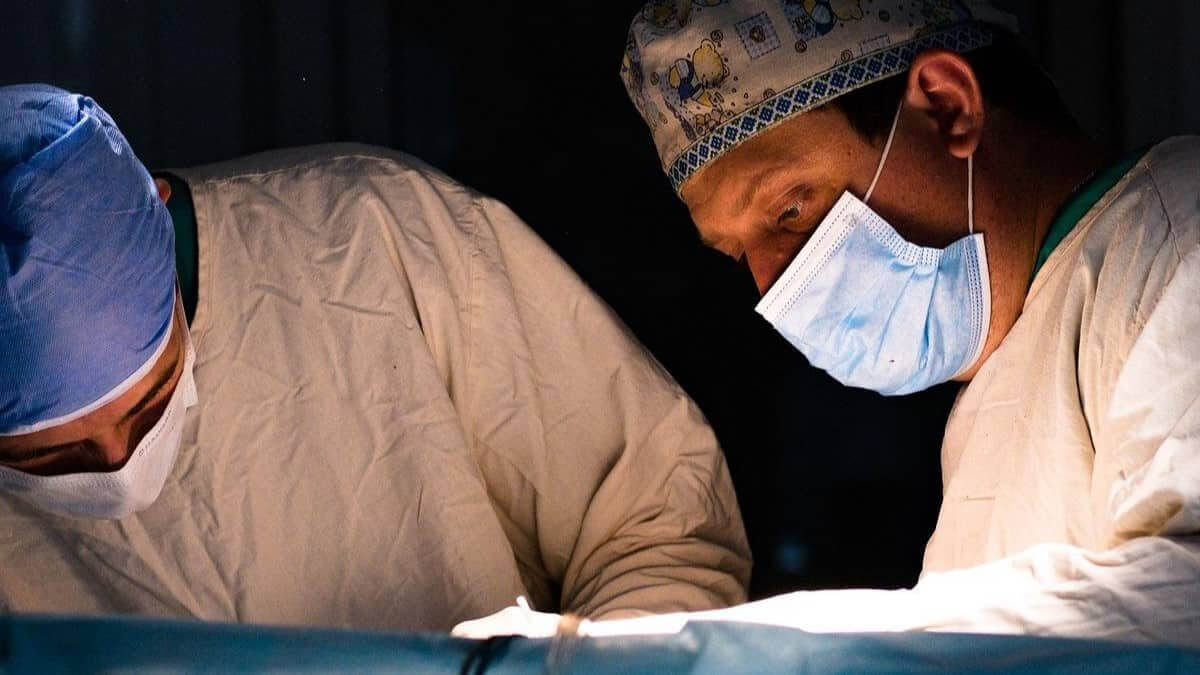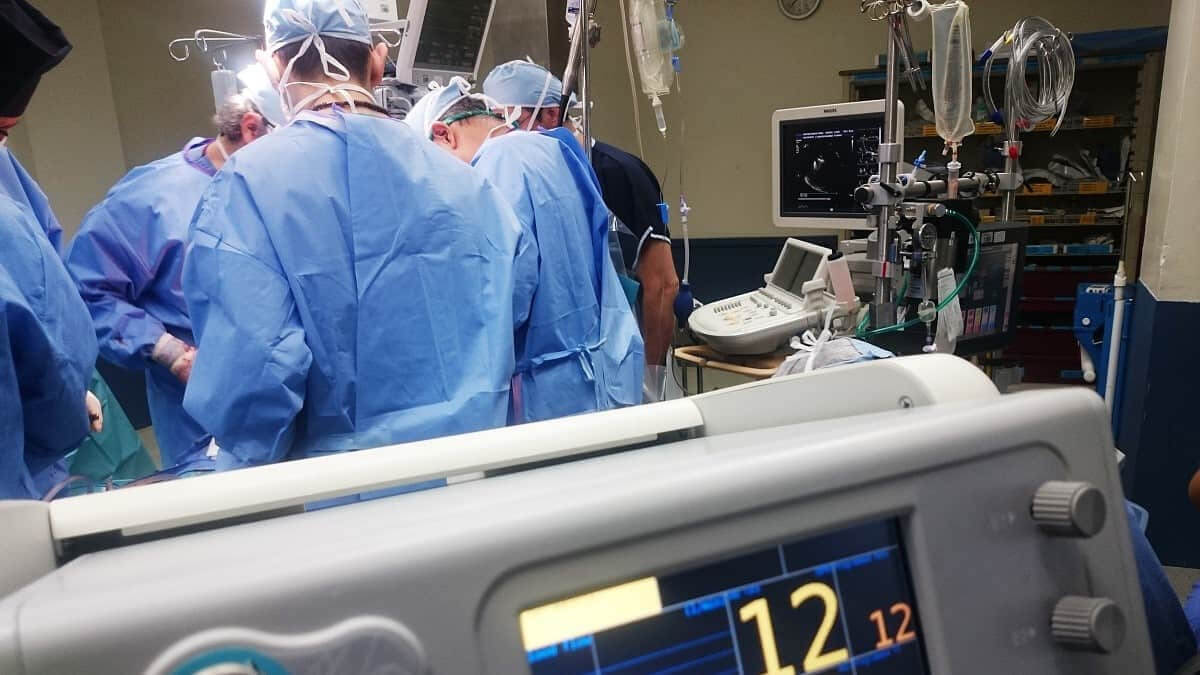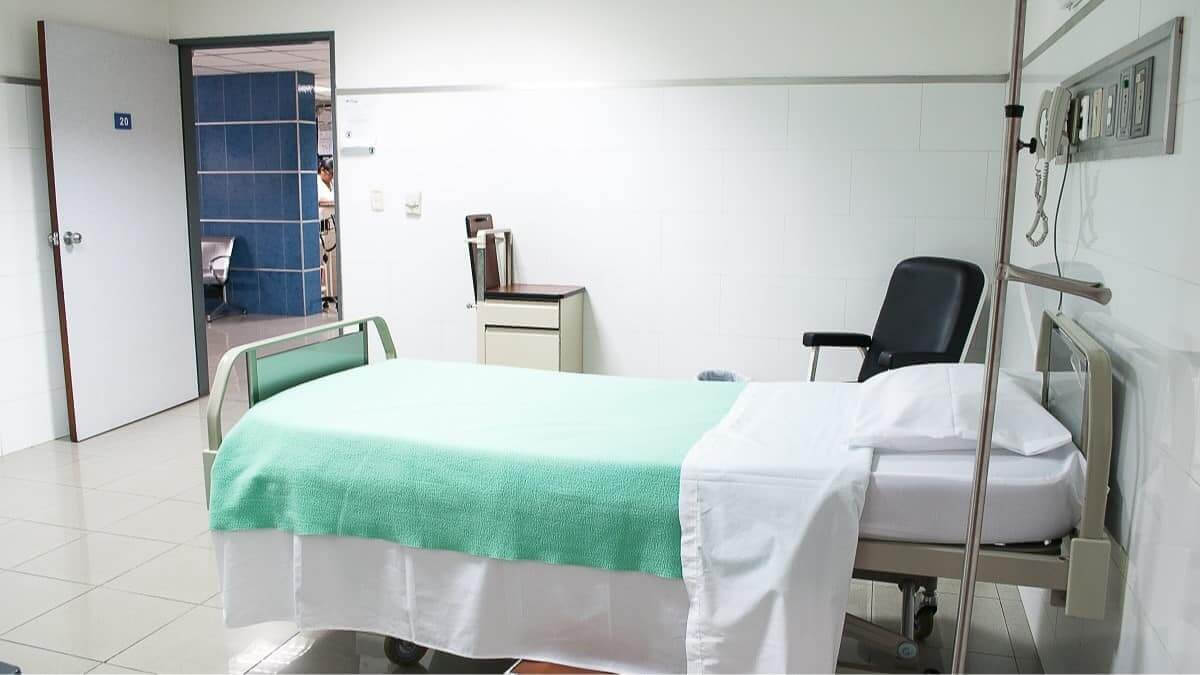In the fast-paced environment of healthcare, the importance of proper protective wear cannot be overstated, particularly when it comes to the role of hospital gowns. These protective garments are not only a staple for comfort but also play a crucial role into infection control and staff safety. Understanding the difference in hospital gown protection levels according to the Association for Advancement of Medical Instrumentation (AAMI) is paramount. AAMI classifies gowns into various levels (1-4) based on their ability to resist fluid penetration, and diseases, offering healthcare workers a clear outline on when each level is needed for specific times and tasks. This blog will cover the specifics of each AAMI protection level, outlining who benefits most from each and when their use is most critical. No matter what your hospital gown protection level preference is, there is a gown out there that is perfect for you and Direct Textile Store is here to let you know more about them.
Here are the different hospital gown protection levels explained. Please keep in mind that none of the AAMI Ratings specify the type of gown by type of procedure. Each facility is ultimately responsible for choosing the right gown for the procedure for its healthcare staff.

AAMI Ratings for different levels of protection:
Level 1: Minimal Fluid Barrier Protection – Used for daily patient care, when there is little to no risk of fluid exposure. Generally, not used in the OR. Example: See our HACCP LAB COAT or our Level I Isolation Gowns.

Level 2: Minimal to Low Fluid Barrier Protection – Used when there’s only a slight risk of fluid exposure, for minimally invasive procedures. Shop for Level II Hospital Gowns

Level 3: Moderate Fluid Barrier Protection – Used for the widest range of surgical procedures, where the risk of fluid exposure is moderate.
Level 4: Highest Fluid and Microbial Barrier Protection – Provides protection against blood-borne pathogens in critical zones; used for long, fluid-intensive procedures. (This Level was strengthened by the FDA in 2016 and requires documentation of additional testing [ASTM 1671]2 on the part of gown manufacturers.)
Where can I buy Hospital Gowns?
At Direct Textile Store, we offer high-quality hospital gowns for patients, pediatric gowns, isolation gowns, mammogram gowns, ppe gowns, iv gowns and more so no matter the patient or issue at hand, you will never have to worry about providing the best quality and comfort. Our top-of-the-line medical gowns are crafted with high-quality materials, providing you with long-lasting comfort and ease for your clinic, hospital, nursing home or doctor's office. If you're a medical facility in need of gowns in large quantities, buying your hospital gowns in bulk is the easiest solution. They can be purchased at wholesale prices, saving you time and money.
When most people think of hospital gowns, they envision the standard-issue, flimsy items that offer little in the way of coverage or warmth. However, hospital gowns actually come in a variety of different styles and sizes, each designed to meet specific needs and patients. For example, some gowns are made from fire-resistant fabric and are meant to be worn by patients who are at risk for sparks or flames. Others are made from a special material that helps to prevent the spread of infection. And still others are simply designed to be more comfortable and attractive than the standard hospital gown. No matter what the purpose, hospital gowns play an important role in protecting patients and staff alike. And, knowing the difference in hospital gown protection levels protects you and your staff from unnecessary fluids and diseases.
If you have questions or need help placing an order, contact one of our live Customer Service agents who are available Monday-Friday from 9am-5pm ET, or send an email to [email protected]
Direct Textile Store ships to all US states, including Alaska and Hawaii, US Territories, Canada, Puerto Rico, St. Thomas, and St. Croix.

Haley
Merchandising Specialist
Editor




